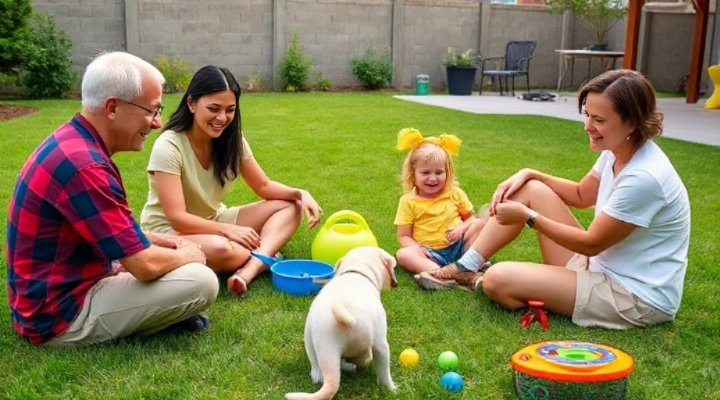Pet training is an essential part of responsible pet ownership that benefits both animals and their human companions. Whether you have a playful puppy, an energetic dog, or even a curious cat, proper training creates harmony in your home while strengthening your bond.

The Foundations of Effective Pet Training
Before diving into specific techniques, it’s crucial to understand the core principles of successful pet training. Consistency is key – pets thrive on routine and clear expectations. Positive reinforcement, where good behavior is rewarded with treats, praise, or play, has proven far more effective than punishment-based methods.
Timing matters tremendously in pet training. For example, when teaching your dog to sit, the reward should come immediately after they perform the desired action. This helps them make the connection between the behavior and the positive outcome. The American Veterinary Society of Animal Behavior recommends positive reinforcement as the most effective and humane training method.

Basic Commands Every Pet Should Know
1. Sit – The Gateway Command
Teaching your pet to sit on command is often the first skill new owners tackle, and for good reason. It’s relatively simple to teach and forms the foundation for more advanced commands. For dogs, hold a treat near their nose, then slowly move it up and back over their head. As their head follows the treat, their bottom will naturally lower to the ground.
Cats can learn to sit too! While they may not be as food-motivated as dogs, using their favorite treats and patience can yield surprising results. Our article on how to walk a cat on a leash shows how adaptable feline companions can be.
2. Stay – Building Impulse Control
The ‘stay’ command teaches your pet self-control and can prevent dangerous situations, like running into the street. Start with your pet in a sit position, show your palm like a stop sign, say ‘stay,’ then take one step back. If they remain, immediately return and reward. Gradually increase distance and duration.

Intermediate Training Techniques
Once your pet has mastered basic commands, you can move on to more challenging skills that provide mental stimulation and practical benefits.
Loose-Leash Walking
Many owners struggle with dogs that pull on the leash. The secret is to stop moving when they pull and only proceed when the leash is loose. It requires patience but pays off in enjoyable walks. For more tips, check our guide on training your dog to heel.
Recall Training
Having your pet come when called is potentially life-saving. Start in a distraction-free environment, use an excited, happy voice, and reward generously when they respond. Never punish a pet for coming to you, even if it took them a while.

Advanced Training and Special Skills
For pets that have mastered the basics, advanced training provides continued mental stimulation and can be incredibly rewarding for both of you.
Agility Training
Dog agility courses are fantastic for high-energy breeds. Starting with simple jumps and tunnels, you can gradually build up to complete courses. Many local dog clubs offer beginner classes.
Service Animal Skills
Some owners train their pets to perform helpful tasks like retrieving items, turning lights on/off, or providing deep pressure therapy. While formal service animal training requires professional guidance, many basic assistance skills can be taught at home.

Troubleshooting Common Training Challenges
Every pet owner encounters obstacles in training. Here’s how to handle some common issues:
When Your Pet Seems Stubborn
If your pet isn’t responding to training, first ensure they’re not distracted, tired, or hungry. Break training into shorter sessions and make sure the rewards are truly motivating. Sometimes what we interpret as stubbornness is actually confusion – your pet might not understand what you’re asking.
Dealing With Setbacks
Training isn’t linear. Pets, like people, have off days. If your previously well-trained pet starts regressing, revisit the basics with patience. Major life changes (moving, new family members) often require retraining.
Remember, the journey of pet training is just as important as the destination. Each training session is an opportunity to strengthen your bond and better understand your furry friend. With time, consistency, and plenty of positive reinforcement, you’ll be amazed at what you can achieve together.
Related keywords: dog obedience, cat behavior training, puppy training schedule, positive reinforcement techniques, pet behavior modification, clicker training for pets, house training pets

